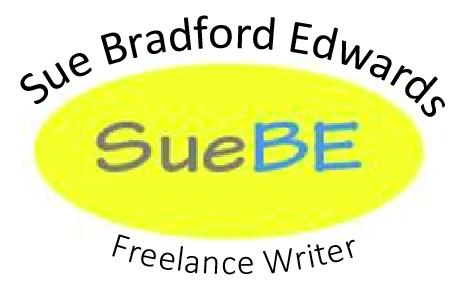 It is amazing how much information people give away by how they behave and they don’t even know that they ‘re doing it. A glance to the side, a shufffle of feet, or a shrug can tell you more about a person or their state of mind than they reveal by what they say.
It is amazing how much information people give away by how they behave and they don’t even know that they ‘re doing it. A glance to the side, a shufffle of feet, or a shrug can tell you more about a person or their state of mind than they reveal by what they say.
This is an amazing opportunity for us as writers. Just think about it. You can say, “He was confident.” Boring. Just plain boring.
Or you can paint a picture. “He nodded at several members of the audience as he strode onto the stage. He found his mark and squared his shoulders, inhaling and exhaling deeply. Then he began to sing.”
Nervous performer? Not a chance and I didn’t even have to state his mood. It is fairly obvious from his actions and his stance.
Are you using these kinds of details to paint a picture about your character? If not, you’re missing a great opportunity. And I’m not talking to just the novelists here. Picture book authors have to use their words wisely. After all, they have to tell an entire story in fewer words than a YA author uses in a chapter. Rather then say that a character is depressed or boyant, they can reveal it in how the character walks. Don’t believe me? What is the state of mind of a character who plods? Of one who prances?
Not sure what details go best with what state of mind? One of my favorite reference books is The Emotion Thesaurus by Angela Ackerman and Becca Puglisi. This book lists emotions as well as how they manifest themselves both mentally and physically, short and long-term.
Take a look at your work in progress. What do you tell your reader about your character? Think carefully. Is there a way that you could show these details instead? If there is, you’ve got some rewriting to do before your share your work with a potential editor or agent.
–SueBE

One thought on “Body Language”